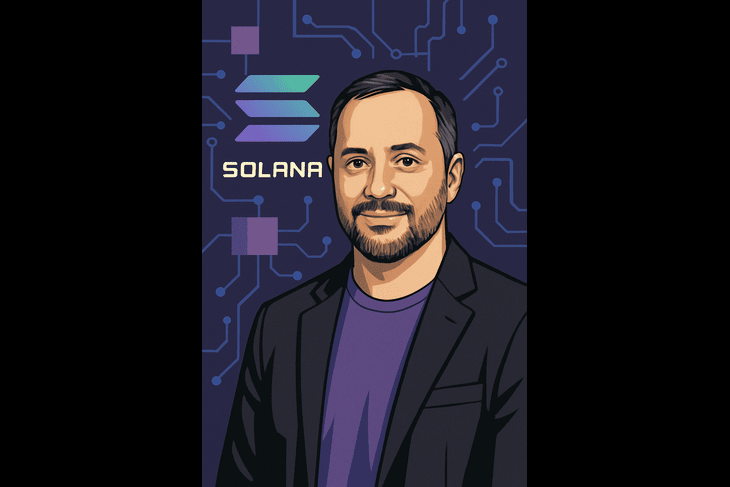
Solana’s Meta Blockchain Dream: Bridging Decentralized Ecosystems
Solana co-founder Anatoly Yakovenko has proposed a groundbreaking concept that could reshape the future of blockchain interoperability—introducing a “meta blockchain” to unify decentralized ecosystems. This proposal envisions Solana operating as an Ethereum Layer 2 (L2) solution, thereby bridging two of the most prominent blockchain networks. Leveraging Ethereum’s upcoming advancements like danksharding and the Wormhole EigenLayer, Yakovenko’s idea involves integrating Solana blocks directly into Ethereum’s data validation infrastructure. This would allow Solana to benefit from Ethereum’s robust security and decentralization, while simultaneously offering Ethereum users access to Solana’s ultra-fast and cost-efficient infrastructure. Such a solution could drastically reduce the current fragmentation across the blockchain space, encouraging seamless communication, composability, and liquidity flow between ecosystems. This initiative goes beyond mere technical integration; it represents a philosophical shift toward greater collaboration and cross-chain synergy. Yakovenko’s vision aligns with the broader trend of creating a more cohesive Web3 environment, where chains are no longer siloed but function together as part of a larger decentralized internet. In parallel, the emergence of innovative governance models like MetaDAO on the Solana network exemplifies this ambition for transformation. MetaDAO introduces futarchy—a governance model where decisions are made through prediction markets rather than traditional token voting—enabling more dynamic, results-oriented decision-making. This experimental approach, adopted by projects like Sanctum, showcases Solana’s commitment to pioneering new frameworks that enhance decentralization and community engagement. Together, these developments point to Solana’s strategic shift from being a standalone high-performance blockchain to becoming a key interoperability layer in the evolving multi-chain landscape. If successful, Yakovenko’s “meta blockchain” proposal could catalyze a new era of blockchain integration, simplifying user experiences, improving scalability, and accelerating the adoption of decentralized technologies across the Web3 ecosystem. It signals a future where blockchains are not competing islands, but interconnected parts of a larger, unified whole.
